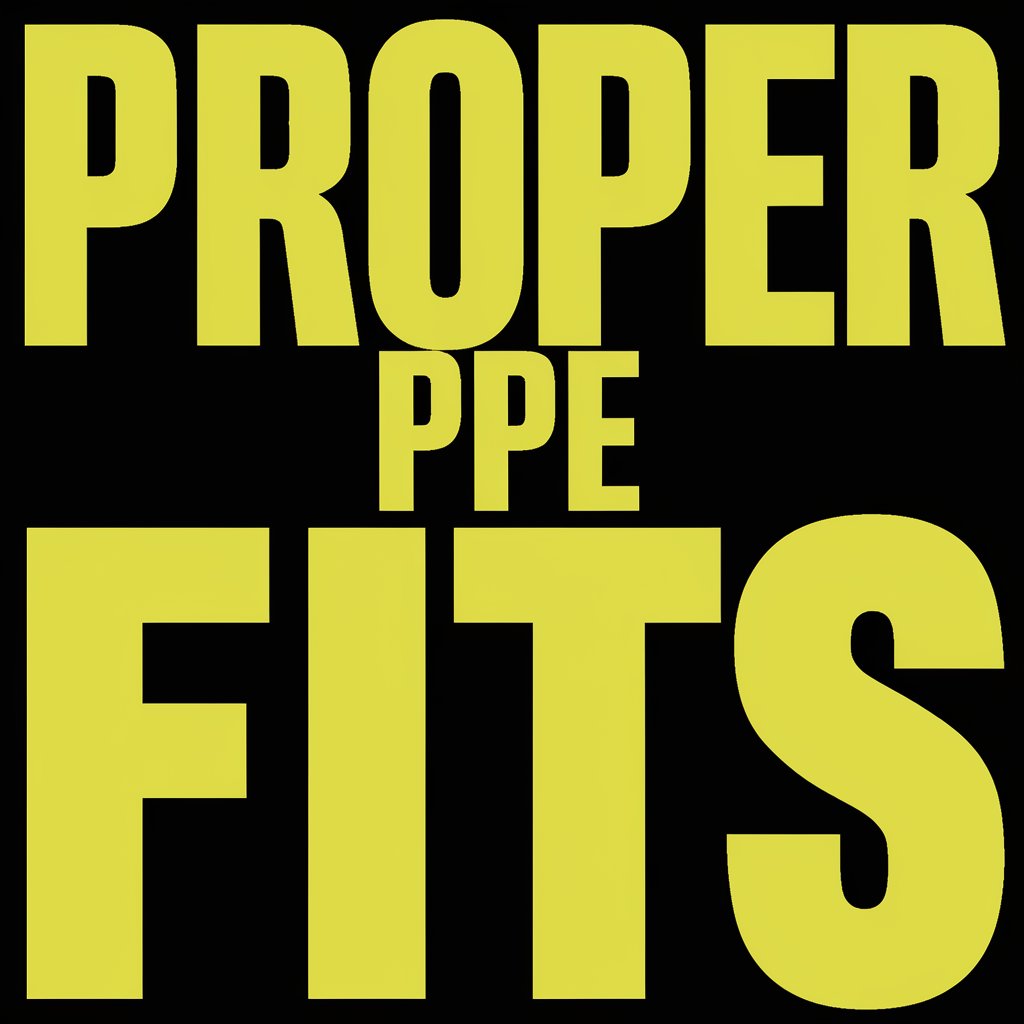Personal protective equipment (PPE) is essential for protecting employees from workplace hazards and preventing injuries. However, ill-fitting PPE can be nearly as dangerous as not using PPE at all. When PPE does not fit correctly, it leaves the worker exposed to hazards and increases their risk of accidents. By taking the time to properly fit test and adjust PPE, employers can significantly reduce workplace injuries and improve safety.
Conduct Thorough Fit Testing
The first step to ensuring proper PPE fit is to conduct fit testing for each employee. Fit testing goes beyond simply handing out standard sizes and makes sure the PPE forms a tight seal to the individual. For respirators, qualitative or quantitative fit tests are required to check for leakage around the mask. Fit testing for other PPE like safety glasses, hearing protection, and gloves should also be carried out. The fit test identifies any gaps, loose areas, or pinching that could compromise protection.
Allow for Adjustments and Alternate Sizes
Even after fit testing, it is important to give workers options to adjust their PPE or try a different size. Factors like weight changes, new hairstyles, or changes to personal protective equipment can affect fit over time. Providing adjustable straps, different size options, and replacement parts allows workers to modify and maintain a snug fit.
If standard PPE does not fit an employee after making adjustments, offer customised options or specialty sizes.
Prioritise Comfort and Movement
One common reason workers fail to wear PPE properly is discomfort. Equipment that restricts movement or causes pain is often removed or worn incorrectly. When selecting PPE, prioritize ergonomic designs that offer maximum comfort and flexibility, whether it’s Laser safety goggles, hard hats, or work boots.
Allow workers to trial different styles of gloves, glasses, respirators and other PPE to determine what is most comfortable over long periods. Comfortable and flexible PPE is more likely to be worn properly at all times.
Train Employees on Proper Usage
Simply distributing PPE is insufficient if workers have not been trained on selecting the right size and achieving a proper fit. Provide training to all employees on the different types of PPE, sizing and adjustments, how to inspect for defects, and procedures for requesting replacements.
Supervisors should periodically check that PPE continues to fit properly and refresh workers on proper wearing and usage. Enforce policies to ensure compliance. For example, in medical environments, radiation aprons for fluroscopy must be worn correctly to protect against harmful exposure. Similarly, in construction settings, workers using respiratory masks must be trained on proper sealing techniques to prevent inhalation of hazardous dust and fumes. Without proper training, PPE can become ineffective, putting employees at risk of injury or long-term health issues.
PPE for Women
Properly fitted PPE is critical for protecting female workers from on-the-job hazards. Many PPE products are designed using male body specifications, which can leave women exposed. PPE needs to account for the average smaller stature of women as well as key differences like smaller hand size. Equipment should include adjustable straps, multiple sizes, and design features catered toward women.
Employers must provide access to PPE specially designed for women to achieve proper coverage.
Taking women’s needs into account when selecting PPE improves safety and compliance. With PPE made for women’s bodies, they gain both comfort and critical protection from workplace accidents and injuries.By taking a proactive approach to fit testing, adjustments, comfort, and training, companies can significantly improve PPE compliance and reduce safety incidents. The upfront investment in proper fitting will pay dividends through fewer injuries, reduced workers’ compensation claims, and a safer work environment. When workers wear PPE that truly fits right and feels right, they are better protected from harm.






